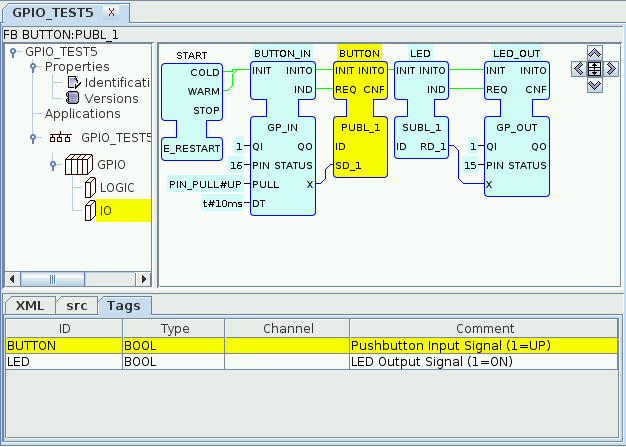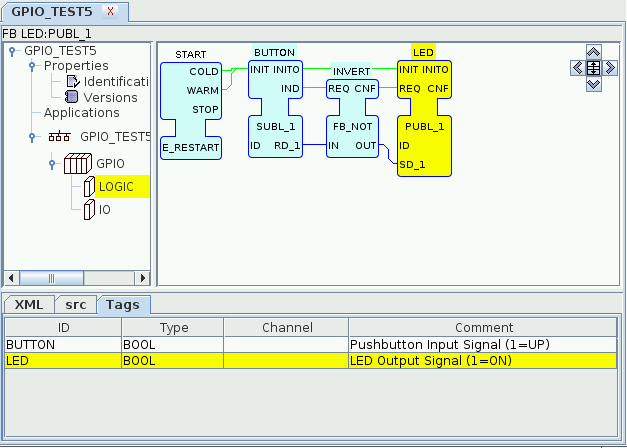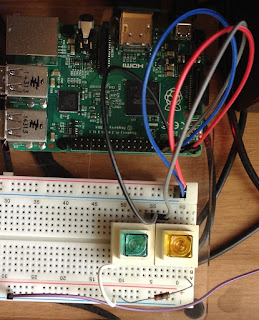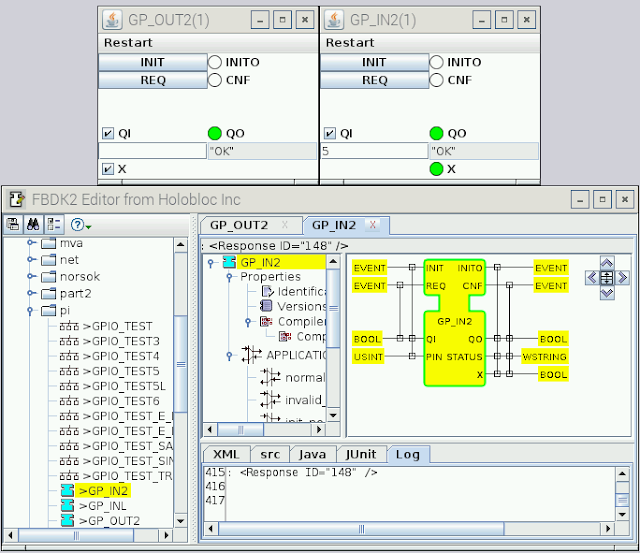If you want to access the FBNavigator feature of the Holobloc website, you can use the Firefox browser with the Java plug-in for Windows (https://support.mozilla.org/en-US/kb/use-java-plugin-to-view-interactive-content) or the IcedTea plugin for Ubuntu.
For Raspbian, you can use the IcedTea plugin for the IceWeasel browser:
sudo apt-get install openjdk-7-jdk
sudo apt-get install iceweasel
sudo apt-get install icedtea-7-plugin
This also enables it for the Epiphany browser that comes with the NOOBS installation.
sudo apt-get install openjdk-7-jdk
sudo apt-get install iceweasel
sudo apt-get install icedtea-7-plugin
This also enables it for the Epiphany browser that comes with the NOOBS installation.












